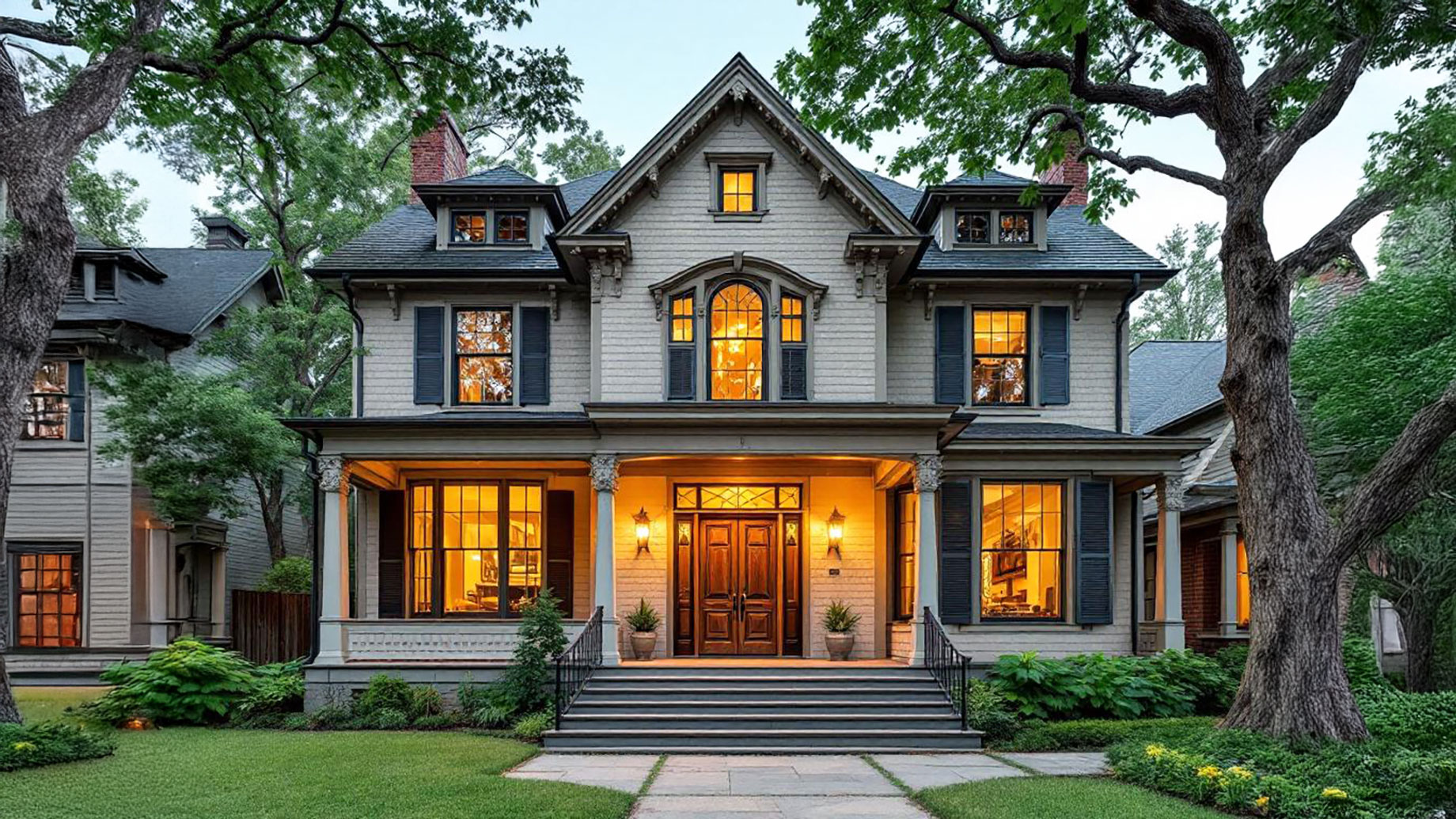
Renovating an older home is a rewarding journey that blends historic charm with modern conveniences. While the process can bring stunning results, it also presents unique challenges that homeowners must navigate carefully. From structural concerns to updating outdated systems, a well-planned renovation ensures the home maintains its character while enhancing functionality. Understanding key considerations before starting will help homeowners preserve the integrity of the property while making necessary improvements.
For more renovation tips and expert guidance, visit home-hearted.com—a trusted resource for homeowners looking to preserve charm while upgrading function.
Assessing the Home’s Structural Integrity
Before making aesthetic changes, it is essential to evaluate the home’s foundation and overall stability. Many older homes may have issues such as uneven flooring, deteriorating beams, or weakened support structures that require attention. A professional inspection will identify potential risks, ensuring that repairs are addressed before cosmetic enhancements begin. Reinforcing the foundation, replacing worn-out roofing, and strengthening load-bearing walls help maintain the home’s longevity and safety.
Updating Outdated Electrical and Plumbing Systems
Older homes often have electrical wiring and plumbing systems that no longer meet modern standards. Faulty wiring can pose fire hazards, and outdated plumbing may lead to inefficient water flow or leaks. Upgrading electrical panels, replacing old pipes, and ensuring proper insulation will improve safety and efficiency. Installing energy-efficient lighting, water-saving fixtures, and smart home technology can further enhance the home’s functionality while preserving its historic appeal.
Preserving Architectural Features
Many older homes boast distinctive architectural details such as intricate moldings, original hardwood flooring, and handcrafted woodwork. Preserving these elements maintains the home’s unique character and historical value. Restoring original doors, refinishing antique fixtures, and repairing decorative trim add authenticity to the home renovations NYC. When replacing materials, sourcing reclaimed wood or vintage-style finishes ensures continuity with the home’s original design.
Addressing Hidden Issues
Renovating an older home often uncovers unexpected challenges, such as asbestos, lead-based paint, or outdated building materials. These require careful handling to ensure safety and compliance with modern regulations. Professional remediation helps eliminate hazardous materials while maintaining indoor air quality. Additionally, issues such as pest damage, dry rot, or insulation deficiencies must be addressed to create a comfortable and structurally sound living environment.
Enhancing Energy Efficiency
While older homes may lack modern insulation and energy-efficient features, upgrades can significantly improve efficiency without compromising aesthetics. Installing double-pane windows, sealing gaps in walls, and updating heating systems reduce energy consumption. Eco-friendly improvements such as solar panels, smart thermostats, and sustainable insulation materials contribute to long-term savings while maintaining the home’s traditional charm.
Adapting the Layout to Modern Lifestyles
Many older homes were built with compartmentalized layouts, which may not align with contemporary preferences for open-concept designs. While preserving historical integrity is essential, modifying certain areas can improve functionality. Expanding kitchens, integrating dining areas, and optimizing storage space enhance usability without sacrificing charm. Thoughtful changes that respect original design elements ensure a seamless blend of past and present.
Choosing the Right Materials
Selecting appropriate materials ensures the renovation complements the home’s existing features while improving durability. Natural stone, hardwood flooring, and authentic cabinetry maintain the historic aesthetic while offering longevity. Avoiding synthetic finishes that clash with the home’s era preserves authenticity. Researching period-specific materials and finishes helps retain the property’s distinctive appeal while introducing modern resilience.
Navigating Permit and Zoning Regulations
Renovating older homes often requires compliance with historic preservation guidelines and local zoning regulations. Some modifications may necessitate special permits or approvals to maintain architectural integrity within designated historic districts. Understanding these legal requirements ensures a smooth renovation process without unexpected obstacles. Consulting experts in historic restoration provides valuable insights into maintaining the home’s original character while meeting building codes.
Maximizing Natural Light
Older homes may have small windows or limited natural light sources, making interior spaces feel darker. Expanding window openings, installing skylights, and using light-reflecting paint colors create a brighter atmosphere. Preserving original window designs while enhancing their functionality with energy-efficient glass maintains authenticity while improving comfort. Thoughtful lighting upgrades ensure spaces remain warm and inviting.
Balancing Modern Upgrades with Historic Appeal
Successfully renovating an older home involves striking a balance between modern enhancements and preserving original charm. Installing contemporary appliances without overpowering traditional aesthetics maintains harmony. Upgrading heating and cooling systems without disrupting original architecture ensures efficiency while respecting design integrity. The goal is to achieve a blend that honors the home’s history while adapting it to modern living needs.
Renovating an older home requires careful planning, attention to detail, and a commitment to preserving its unique character. By addressing structural concerns, updating essential systems, and maintaining architectural features, homeowners can create a space that combines historical beauty with contemporary functionality. Thoughtful renovations enhance the property’s value while ensuring it remains a timeless and inviting place to call home. Transform your living space with expert craftsmanship—discover stunning home renovation solutions at https://nycrenovation.com/about/.